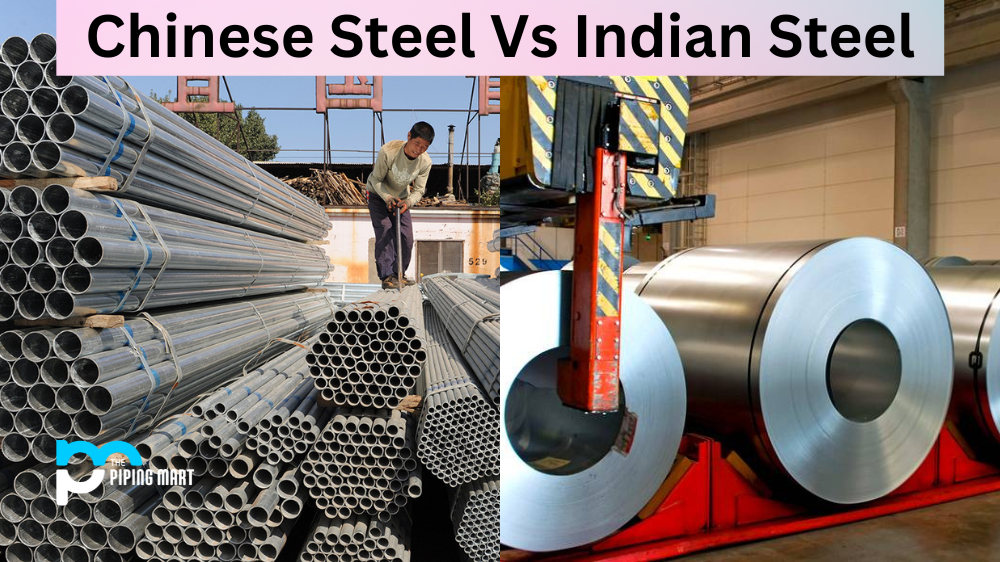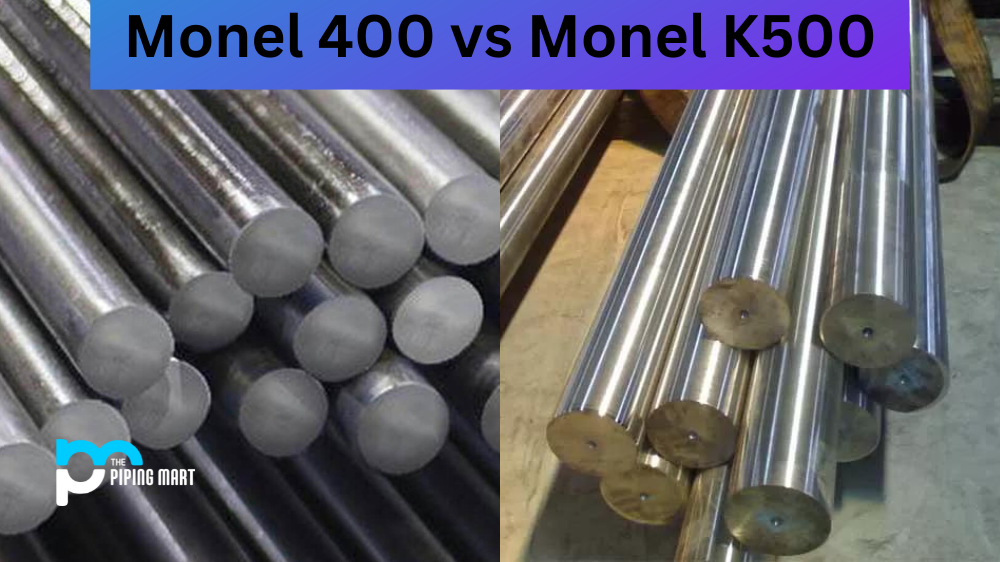Steel is an essential commodity that has played a large role in shaping modern infrastructure and society. China and India are the world’s largest steel consumers, as both countries have rapidly industrialized over the last few decades. However, when it comes to the quality of steel produced – is there a difference between Chinese and Indian steel? In this blog post, we will explore both countries’ steel industries, the differences between their products, and which one is better suited for different applications.
Difference Between Chinese Steel and Indian Steel
China and India are the world’s largest steel producers, accounting for over half of the global output. China is the leader in steel production, producing roughly 935 million metric tons in 2019, while India came in second, producing almost 111 million metric tons. Both countries have invested heavily in modernizing their steel industries, using advanced technology and skilled labour to improve the quality of their products.
Chinese steel is known to be cheap and readily available on the global market. It is known to be of low quality, often containing impurities such as sulphur and phosphorus, leading to cracks and fractures. However, as the country has modernized its steel industry, it has improved the quality of its products. Chinese manufacturers have produced high-quality steel for machinery, automobiles, and construction applications.
On the other hand, Indian steel is renowned for its quality, produced to stringent global standards. It is used in high-performance applications such as those in the aerospace and defence sectors. India’s steel production uses clean, renewable energy, including solar power, reducing its carbon footprint significantly.
While Chinese steel may be suitable for large-scale construction, such as bridges, due to its low cost, Indian steel is recommended for high-performance applications, where the quality of the product is paramount. The Indian steel industry targets global markets for high-quality steel products, and its manufacturing processes are more environmentally friendly than China’s.
Nevertheless, the choice between Chinese and Indian steel ultimately depends on the application’s requirements. If cost is a crucial factor, Chinese steel is attractive, while high-quality products necessitate Indian steel.
Conclusion
In conclusion, both Chinese and Indian steel have unique strengths. China has established itself as a leading producer of low-cost steel globally. In contrast, India produces high-quality steel and is well-positioned to provide products for high-performance industries. Ultimately, the choice of steel between the two countries depends on the client’s needs, specifications and budget. However, it is clear that as both countries continue to modernize their steel industries, it will lead to more significant advances in the sector and more opportunities to provide quality products for various applications.

Hey, I’m Krutik, a casual blogger expert in the metal industry. I am passionate about providing valuable information to my readers. With a background in engineering and construction, I like playing Cricket & watching Netflix shows in my free time. Thank you for visiting my blog, and I hope you find my information helpful!




